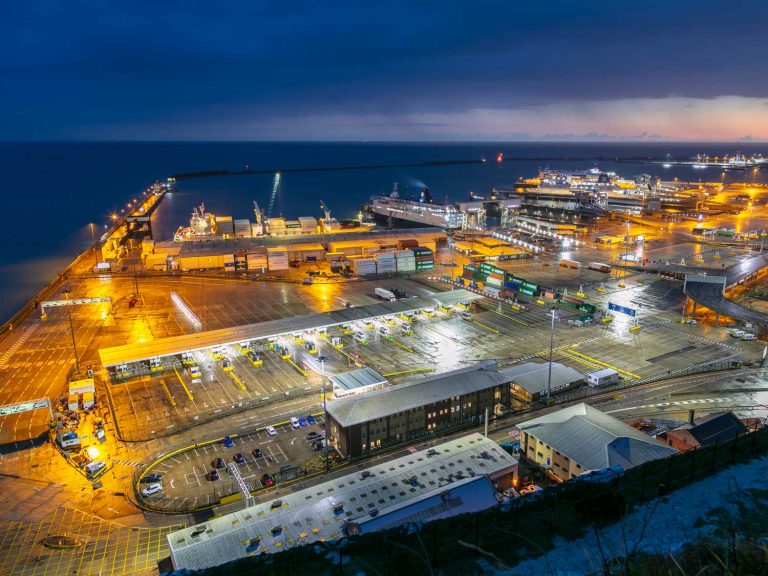
Date:
Updated Border Operating Model
On the 8th October 2020, the UK Government released a comprehensive update to its Border Operating Model that will be effective from 22:59 GMT 31st December 2020.
On 31st December 2020 the UK will leave the EU’s Single Market and Customs Union, resulting in new customs declarations, regardless of whether a deal is agreed.
The Border Operating Model sets out the changes and new obligations that UK importers and exporters must comply with, when trading with the EU.
All businesses moving goods between the EU, Great Britain and Northern Ireland need to engage with the relevant sections of the Border Operating Model guidance to understand the impact to their flows and how they should prepare for Brexit.
Under the “core model”, from January traders importing goods will need an Economic Operator Registration and Identification (EORI) number, the Commodity Code of their goods, and the customs value of goods. There will be additional requirements on some commodities.
There is also a requirement that all outbound HGV drivers taking goods from the UK to the EU using the Short Straits crossing will need a Kent Access Permit to use roads such as the M20.
Richard Burnett, chief executive of the Road Haulage Association, said: “The message is clear – if the paperwork’s not right, the goods won’t cross.”
There are some simplifications to ‘standard-goods’ import and export procedures such as postponed import VAT accounting and easier access to customs special procedures such as Inward Processing Relief and Customs Warehousing, used for processing goods in the UK and the longer term storage of goods for call off/consignment stock.
This presents opportunities for businesses wishing to operate in the UK, to utilise VAT and duty simplifications, before moving goods onward to the EU.
The first version of the the Border Operating Model, released in July introduced the staged importing process, the ‘light touch’ regime, that would apply over three stages on 1st January, 1st April and 1st July 2020.
On 8th October 2020, the Government released the revised Border Operating Model which now provides further detail and clarification on the practical steps to be taken.
- It is now clear that for most importers a standard customs declaration will be the preferred method for clearing goods and discharging HMRC liabilities
- For imports moving into IPR/Customs Warehousing, or another regime – and for those without documentation – a simplified frontier declaration using our CFSP authorisation will be the route
- Further detail on the delayed (light touch) customs declarations under Entry in Declarants Records (EIDR) make it clear this will only really benefit volume importers of dutiable products, as VAT must still be accounted for on periodic return
- Further information on postponed import VAT accounting and availability to importers of standard goods
- Explanation on moving goods using the Common Transit Convention (Transit) and using the new Goods Vehicle Movement Service
The Border Operating Model document is a live document and may be subject to further updates at any time. In addition, it is likely that there will be further policy and regulatory updates which impact the Border Operating Model.
For more information please contact Jade Barrow or Andrew White who are leading our Brexit Task Force team.
